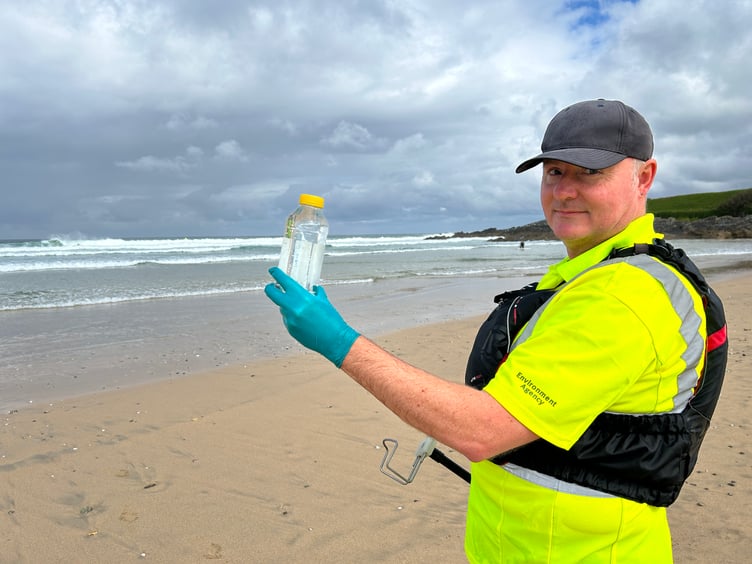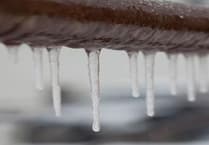A third of England’s monitored bathing waters can be found in Cornwall and Devon and the Environment Agency has revealed that 98 per cent of them meet the high standard set for enjoying the water.
The Environment Agency has published the 2025 bathing water classifications for 449 designated bathing sites in England. Of these, 87 per cent meet standards for ‘Excellent’ or ‘Good’ classification.
This is an improvement on 2024 and means swimmers can benefit from a higher number of better-quality bathing sites than last year.
For Cornwall and Devon, clean waters are not just important for attracting tourism and business but for the people who live here all year round.
Sampling was done at 154 sites this season, of which 129 bathing waters were classed as ‘Excellent’, 20 as ‘Good’, 2 as ‘Sufficient’ and 3 as ‘Poor’.
The Environment Agency understands public concern about the impact on beaches and rivers by water companies, which is why it inspected 335 South West Water sites and assets last year and it is on course to doubling the number of inspections by April 2026 as part of the overall goal of 10,000 inspections.
Locations for both water company and agricultural inspections are prioritised according to environmental sensitivity.
For instance, sites that impact bathing waters and rivers that aren’t meeting the required environmental standards.
Bruce Newport of the Environment Agency said:
“The beaches of Devon and Cornwall are arguably the best in England.
Keeping up a high standard of bathing water quality is key.
“We sample, we gather data and we find ways to act on what we find.
Holding water companies to their obligations is one of those ways.”
Bathing water quality in England has improved dramatically since the 1990s, following decades of regulation, investment and partnership work.
These results are based on the last four years of testing by the Environment Agency which monitors for indicators of pollution known to be associated with risks to bathers’ health, specifically E. coli and intestinal enterococci.
Each bathing water has its own pressures, and many factors can influence bathing water quality including storm overflows, agricultural runoff, birds, dogs and other local issues.
Alan Lovell, Chair of the Environment Agency, said:
“Bathing water quality in England has improved significantly over recent decades, and this year’s results show the continued impact of strong regulation, investment and partnership working.
“But we know there is more to do, and the new bathing water reforms will strengthen the way these much-loved places are managed.
“The Environment Agency is working closely with Defra to ensure these changes are implemented effectively whilst our teams continue to work with water companies, farmers, councils and local groups to tackle all sources of pollution and support continued progress across sites.”
Alongside the annual classifications, the government’s new Bathing Water Regulation reforms came into force on November 21.
These reforms are designed to change the ‘one size fits all’ approach and more closely reflect how people use beaches, lakes and rivers.
The Environment Agency classifies England’s bathing waters each year as ‘Excellent’, ‘Good’, ‘Sufficient’ or ‘Poor’, based on four years of monitoring data.





Comments
This article has no comments yet. Be the first to leave a comment.